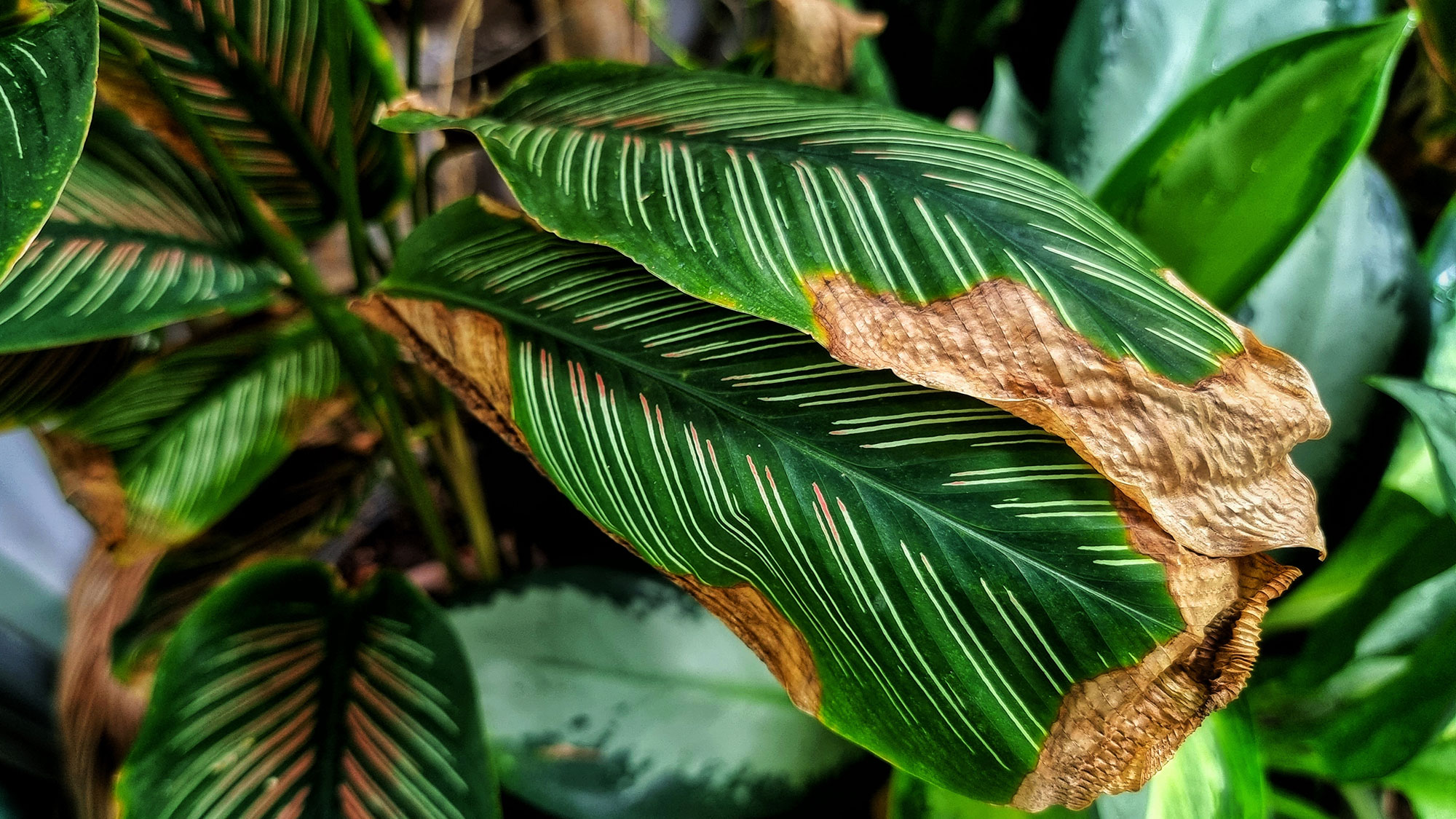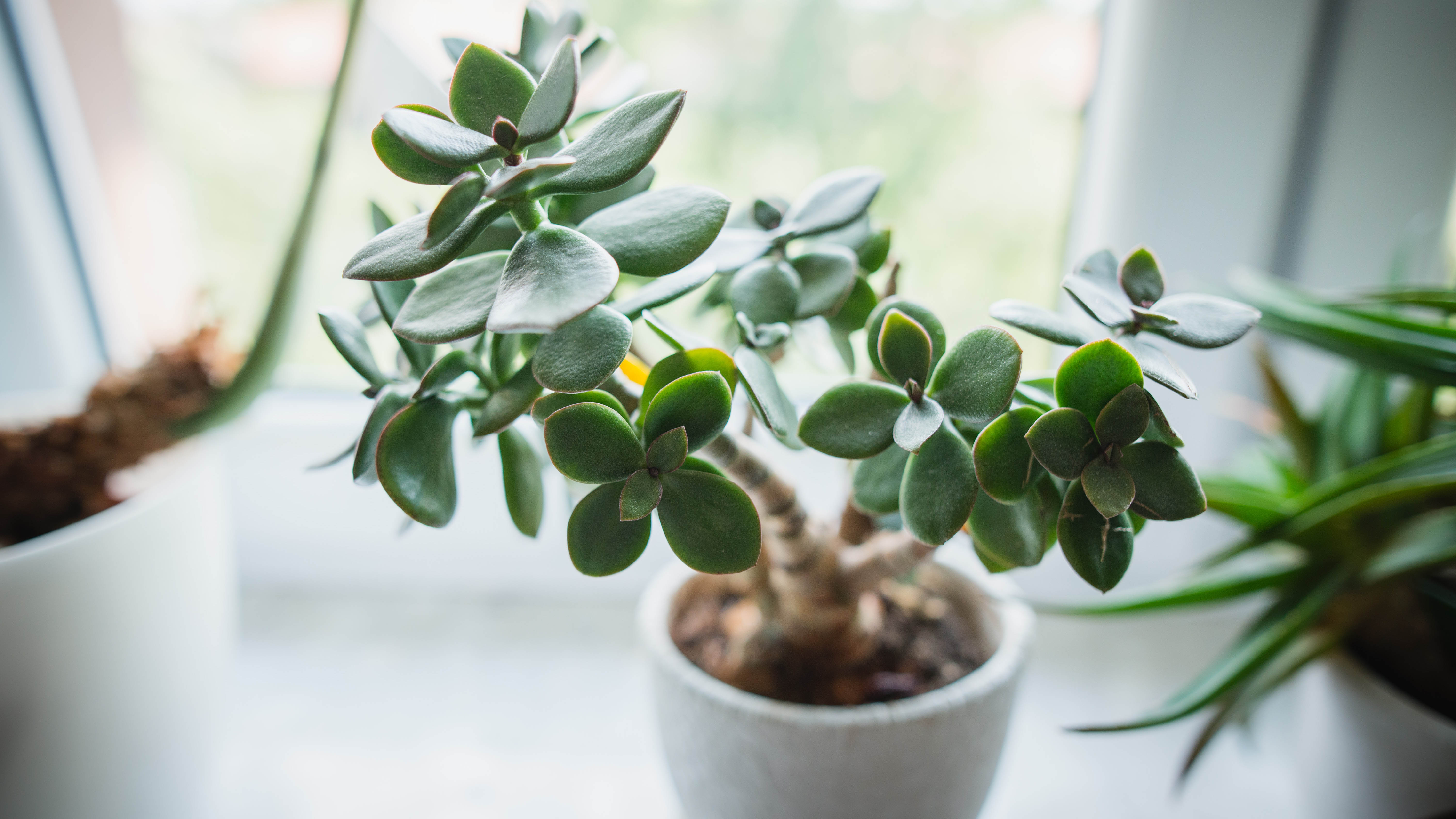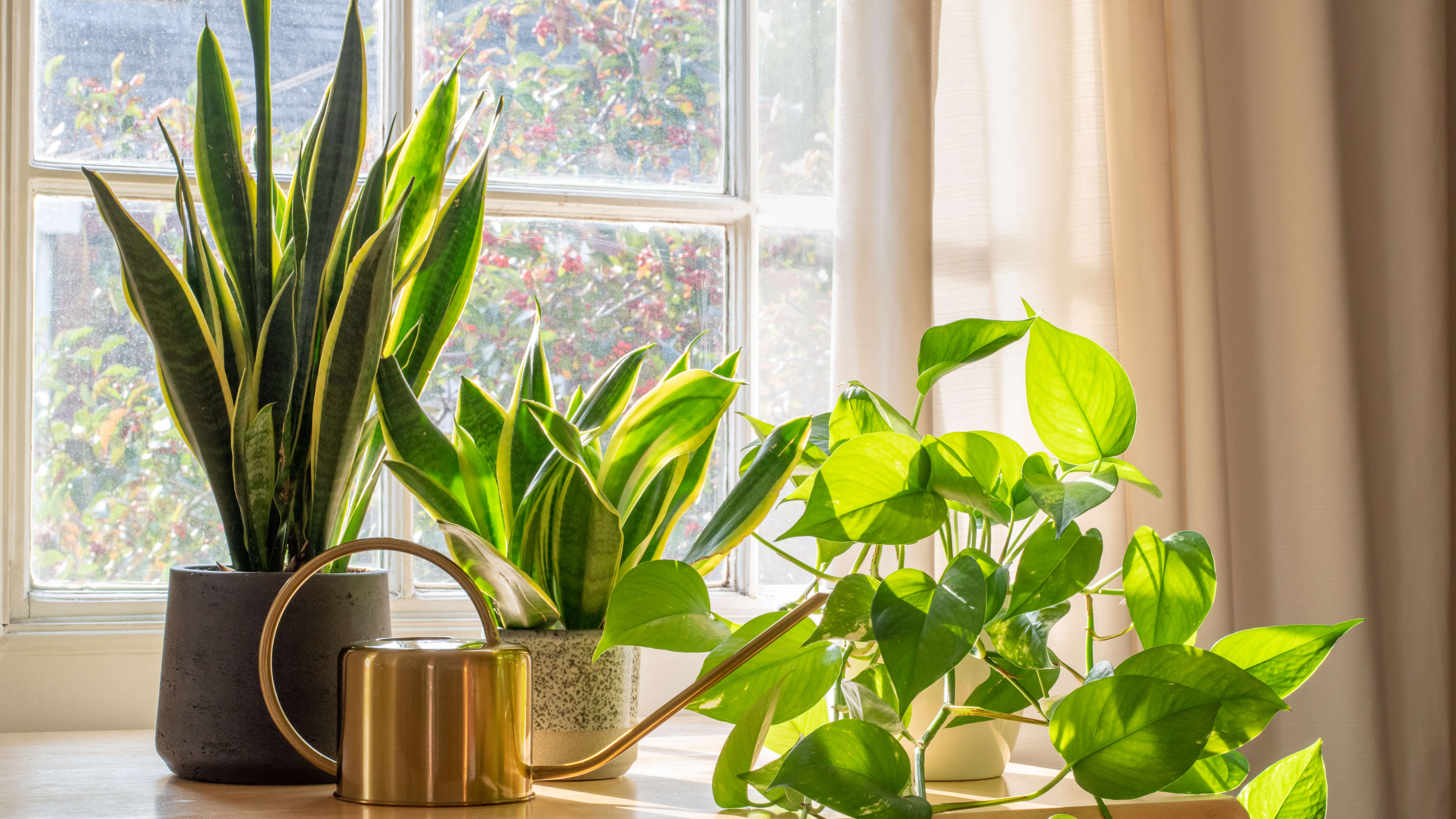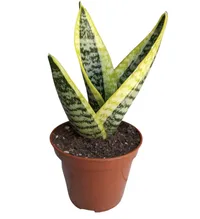I use ChatGPT to keep my houseplants happy — try these 5 game-changing prompts
Try ChatGPT prompts next, your plants with thank you

I have a grand total of sixteen houseplants scattered across my apartment and often keeping them alive is, admittedly, more guesswork than green thumb.
Is that brown tip a cry for water or a sign I've overdone it? Why is my snake plant suddenly thriving while my Chinese evergreen sulks on the same shelf? Enter ChatGPT.
I really didn't expect an AI chatbot to become my personal plant whisperer, but it's saved me more than once from making the wrong call. When a mystery spot appeared on my monstera, I panicked, then Googled "plant disease" and fell into a diagnosis spiral — from sunburn to root rot and a Reddit thread that basically said buy plastic plants.
Whether I'm putting together a watering schedule, painstakingly repotting a Swiss cheese, or trying to figure out if my cactus is getting enough sun, a quick, well-phrased question points me in the right direction.
If you're prone to over-Googling plant problems, these five prompts are practical, surprisingly reliable, and might just save a leaf or two.
The ultimate "impossible to kill" houseplant. Its striking upright leaves purify air and thrive on neglect — perfect for busy plant parents or darker corners. Can go weeks without water and still look impressive.
1. Diagnose what's wrong

A while back, my Chinese evergreen started to tank. Leaves yellowing, edges crisping, no sign of new growth. I hadn’t changed anything — or at least, I didn’t think I had.
When a plant goes downhill fast, it’s hard to tell if the problem is light, water, humidity, or something else entirely. This is where ChatGPT actually shines: it can help you troubleshoot in context, based on the conditions you describe.
If you're having issues with your plant, try this prompt: "My [plant name] has [describe symptoms]. It gets [describe light], and I water it [how often]. What could be the problem?"
In my case, ChatGPT pointed to overwatering and dry indoor air. It even suggested checking how long the soil stays damp. After adjusting my watering schedule and moving the plant away from a heat vent, the yellowing stopped and fresh leaves came in.
2. Create a care schedule for specific plants

I used to take care of my plants solely based on vibes. Some weeks I’d water everything. Other weeks I’d forget completely. It was manageable when I had only two plants — less so once I had six or seven, all with different needs.
ChatGPT is helpful here because it can create a realistic, low-effort schedule tailored to your actual plant collection. This is so much better than a generic guide, as it takes into consideration your plants, their space and conditions.
To do this, try: "Create a simple monthly care schedule for the following houseplants: [list your plants]. Include when to water, fertilize, and any seasonal care tips."
When I did this, it gave me a breakdown by plant and task, spaced out over the month. Nothing elaborate, just clear steps I could follow — like watering my jade less often than my monstera, or fertilizing aloe only in spring.
I copied it into my notes app and use it every Sunday. It’s taken a surprising amount of stress out of plant care.
3. Recommend the best lighting setup

For a long time, I kept my snake plant in a south-facing window because I assumed more light = better. Meanwhile, my monstera was languishing in a shady corner. Neither looked especially happy, and I couldn’t figure out why.
This kind of light-matching is tricky, especially if you don’t know how much light your space actually gets. ChatGPT can help you place your plants more strategically by comparing their light needs to the direction and intensity of light in your home.
Here's a prompt to help with this: "I have [describe your windows and lighting — e.g., a north-facing window that gets low light most of the day]. Where should I place the following houseplants: [list your plants]?"
You could also attach a photo and say: “This is my living room. Based on the lighting in this photo, where should I place my [list your plants]?"
I've done both. ChatGPT explained which plants could handle low light and which needed more, and suggested moving my monstera closer to a brighter window while tucking the snake plant into a dimmer spot.
After the switch, both perked up. Sometimes you don’t need a grow light, just better placement.
4. Watering reminders that actually make sense

In warmer weather, my jade plant seems to dry out overnight. In winter? It can go nearly three weeks without needing a thing. I used to rely on calendar reminders, but they didn’t account for those seasonal shifts — which led to overwatering more than once.
With ChatGPT, you can build a flexible watering schedule that changes based on the time of year — and even indoor heating or humidity levels. Give the prompt below a try.
"Create a seasonal watering guide for my houseplants. I live in [your region or climate], and I have [list your plants]. Include tips for adjusting in winter and summer."
ChatGPT gave me clear guidance on how often to check each plant, what signs to look for, and how to scale back or increase watering as conditions change.
I didn’t realize, for example, that my aloe’s growth basically stops in winter — so watering it the same as in summer was actually stressing it out. Now I let the seasons lead, and my plants seem to appreciate it.
5. Identify a mystery plant

I once bought a plant at a corner store that came with a handwritten tag: “tropical foliage.” No genus, no care instructions, no clue what it actually was. I spent days scrolling image searches with no luck.
ChatGPT can analyze plant photos and make educated guesses based on what it sees, especially if you add a description — like leaf shape, color, size, or growth pattern.
If you're having trouble identifying, attach a picture of the plant and use the following prompt: "Help me identify a houseplant with the following features: [describe leaf shape, color, size, variegation, growth pattern, etc.]."
It may not have the same visual recognition model as a plant ID app trained on thousands of species, but it’s surprisingly good at narrowing things down.
Now that you've learned five prompts to keep your houseplants happy, why not take a look at some other useful articles?
Don't let spider mites kill your houseplants, check out the 5 tips every plant owner should know. And if your houseplant is looking worse for wear, try these 7 steps to revive it.
Get instant access to breaking news, the hottest reviews, great deals and helpful tips.
And on the ChatGPT prompt, stop wasting time with the wrong model — here's how to choose the right one.
More from Tom's Guide
- I've been using ChatGPT since its release — 5 tips I wish I knew sooner
- I used Gemini to find the best haircut for my face shape — here's how
- You can generate AI images in Google Docs with Gemini

Kaycee is Tom's Guide's How-To Editor, known for tutorials that skip the fluff and get straight to what works. She writes across AI, homes, phones, and everything in between — because life doesn't stick to categories and neither should good advice. With years of experience in tech and content creation, she's built her reputation on turning complicated subjects into straightforward solutions. Kaycee is also an award-winning poet and co-editor at Fox and Star Books. Her debut collection is published by Bloodaxe, with a second book in the works.
You must confirm your public display name before commenting
Please logout and then login again, you will then be prompted to enter your display name.











